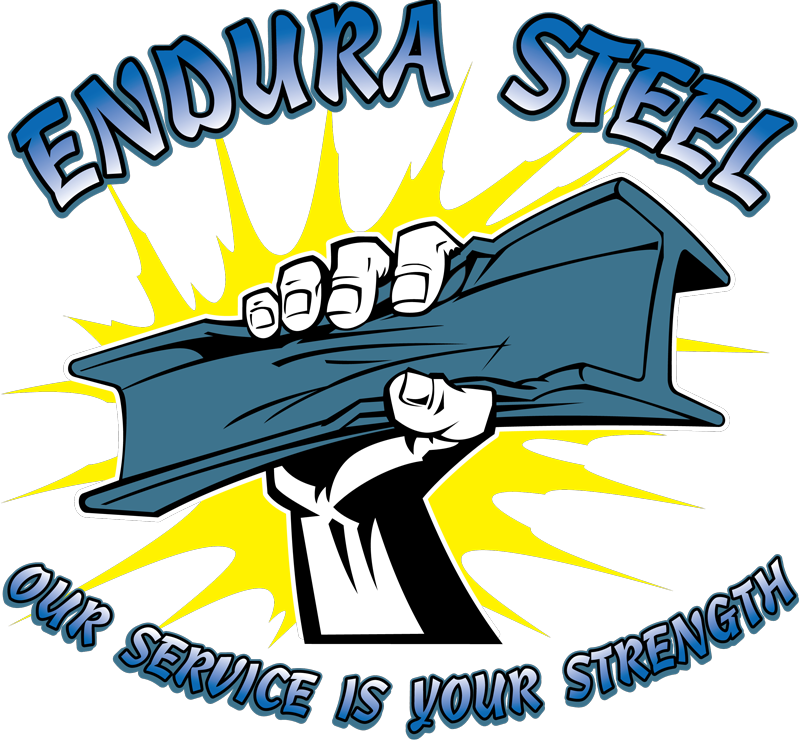High-strength steel sheets, revered for their exceptional durability and resilience, are pivotal as the foundational support in a myriad of industrial and automotive applications on a global scale. Their robust properties, characterized by their ability to withstand immense pressure and harsh conditions, are paramount in creating end products that prioritize safety and unwavering reliability.
However, looking into working with these extraordinary materials extends beyond their high-strength attributes. It demands a harmonious blend of precision, finesse, and a profound comprehension of specialized shearing processes to realize optimal outcomes. This process underscores the intricate dance between craftsmanship and technological innovation, where each cut and bend shapes the narrative of engineering excellence and industrial advancement.
Understanding High-Strength Steel Sheets
Before delving into the intricacies of shearing techniques, it is crucial to grasp the significance of high-strength steel sheets and their pivotal role as critical components in modern manufacturing processes. Understanding their properties, benefits, and applications can provide valuable insights into enhancing efficiency and quality in production practices.
High-strength steel sheets have tensile strength exceeding 100,000 pounds per square inch (psi). These materials offer excellent formability and can withstand high stress levels, making them ideal for structures and components where weight savings are a priority. They are often used in the construction of vehicles, machinery, and equipment, where their superior strength-to-weight ratio can significantly enhance performance.
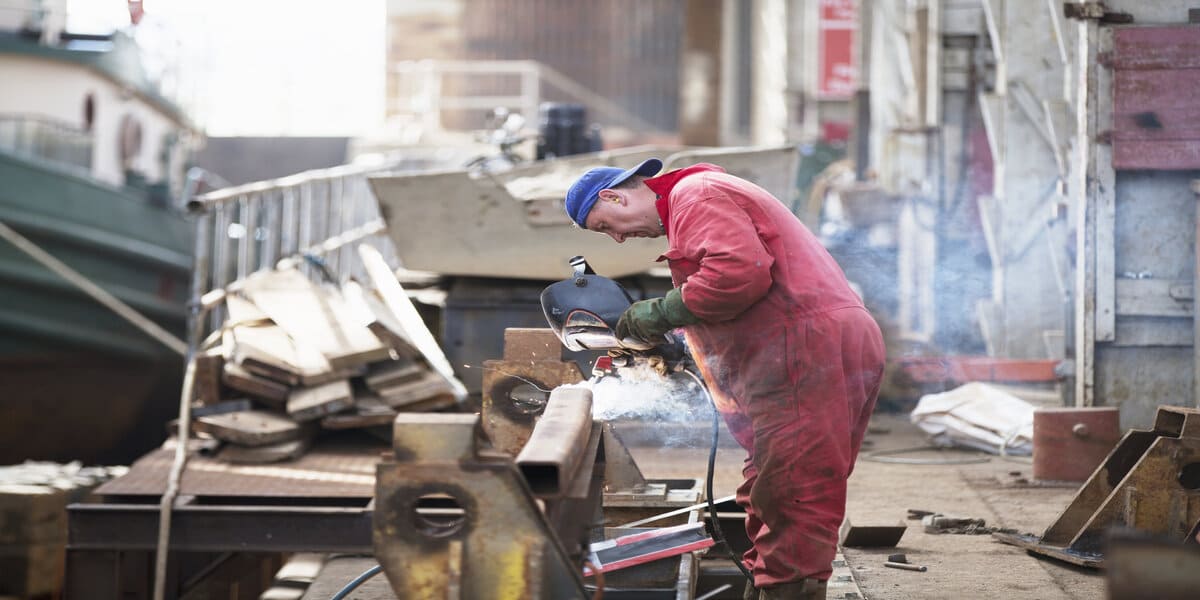
Shearing Basics
Shearing is a material removal process that involves cutting stock without generating chips or causing burning or melting. It plays a pivotal role in the manufacturing process. It not only determines the quality and accuracy of the final product but also ensures precise shaping and sizing, making it a critical step in achieving the desired outcome in metalworking applications.
Types of Shearing
There are several types of shearing processes, but for high-strength steel sheets, the most common ones are:
- Straight shearing involves cutting along a straight line to produce a flat surface.
- Angle shearing involves cutting at an angle to create a beveled edge.
- Blanking shearing produces flat pieces of metal with straight or curved edges.
- Nibbling shearing cuts small holes and contours in the material.
- Punching shearing uses a punch and die set to cut holes or special shapes in the material.
Choosing the Right Shearing Method
Selecting the most appropriate shearing method is essential to achieving the desired outcome with high-strength steel sheets. Factors to consider include material thickness, type of steel, the complexity of the cut, and the required edge finish.
Straight vs. Angle Shearing
- Straight shearing: Ideal for materials of uniform thickness. It produces a straight, clean cut, but thicker materials may require more force.
- Angle Shearing: Useful for non-rectangular cuts, angle shearing can minimize material loss by nesting parts within the initial slab more efficiently.
Circular vs. Blanking
- Circular Shearing: With rotary tools, circular shearing is apt for high-volume production but may produce a slightly ragged edge, more so than straight shearing.
- Blanking: Reserved for more intricate and precise part shapes, blanking scores high on edge quality and is suitable for final-stage manufacturing processes.
Machinery and Tools
The quality of shearing equipment directly impacts the efficiency and precision of the process. High-strength steel sheets require robust machinery capable of exerting significant force without compromising precision.
Hydraulic Shears
Hydraulic shears are preferred when working with high-strength materials because they can deliver high cutting force and control the cutting edge. They also provide a smooth cut, crucial to maintaining the material’s structural integrity.
Mechanical Shears
Mechanical shears are also used for shearing high-strength steel sheets and are commonly chosen for their high-speed operation. However, they may require more frequent maintenance than hydraulic shears to ensure consistent performance.
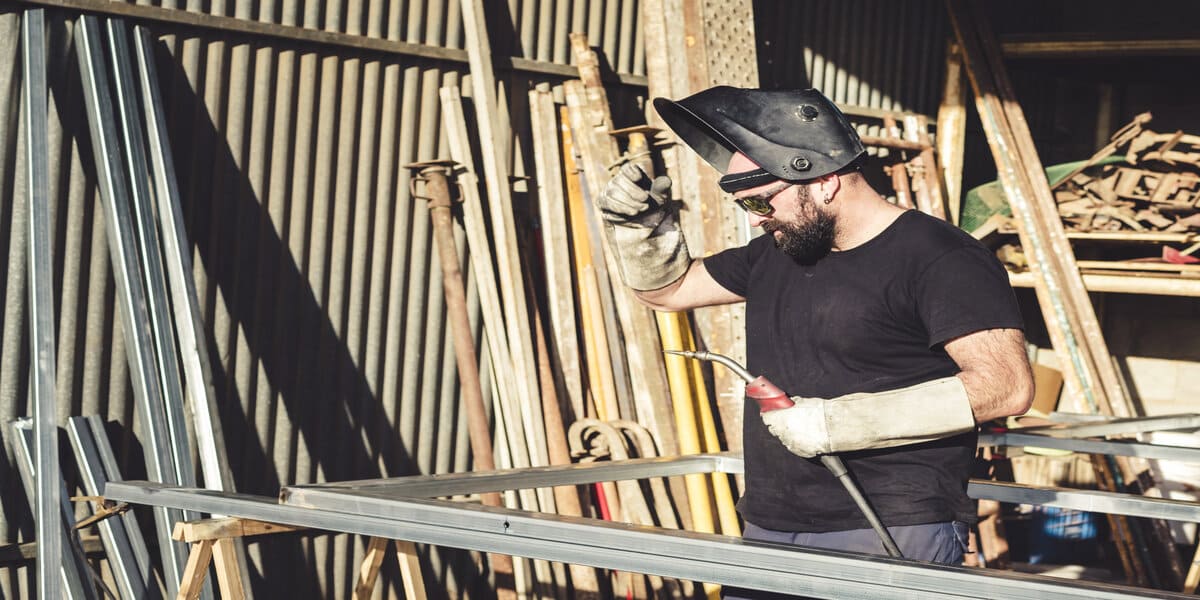
Minimizing Defects and Edge Quality
Proper shearing techniques can significantly reduce the occurrence of defects like burrs, cracking, and warping, which are common with high-strength materials.
Burr Prevention
One of the challenges when shearing high-strength steel sheets is the formation of burrs, especially on the exit side of the cut. Employing sharp blades, reducing the clearance, and using proper rake angles can all help minimize burrs.
Crack Mitigation
High-strength steels are more prone to cracking, particularly with rough handling. Shearing should be performed at an appropriate speed, and the material should not be strained excessively, which can occur if the clearance is too tight.
Warping Control
Warping can result from uneven shearing forces or internal stresses within the material. Pre- and post-heat treatments and proper fixturing to support the workpiece can help control warping.
Workflow Optimization
The shearing process is just one part of a larger manufacturing workflow. Optimizing it involves analyzing the entire production chain, from material handling to inventory management, to identify areas for improvement.
Material Selection and Handling
Choosing the correct material and handling it properly can significantly reduce costs and increase efficiency. Material handling practices are designed to minimize any physical damage to the steel sheets, which could compromise their strength and integrity.
Tool Maintenance and Replacement
Regular maintenance of shearing tools is crucial to ensuring the quality of cuts. Blades should be inspected, sharpened, or replaced to prevent defects and maintain precision.
Safety Considerations
Working with high-strength steel sheets requires strict adherence to safety protocols. Shearing involves using powerful machinery that can pose serious risks to operators if not handled with care.
Equipment Safety Features
Shearing equipment should have safety guards to protect operators from the machine’s moving parts. Emergency stop buttons and safety interlocks should also be in place to quickly shut down the equipment in an emergency.
Operator Training and PPE
Operators should be trained to operate shearing equipment and to use personal protective equipment (PPE), such as gloves, eye protection, and hearing protection.
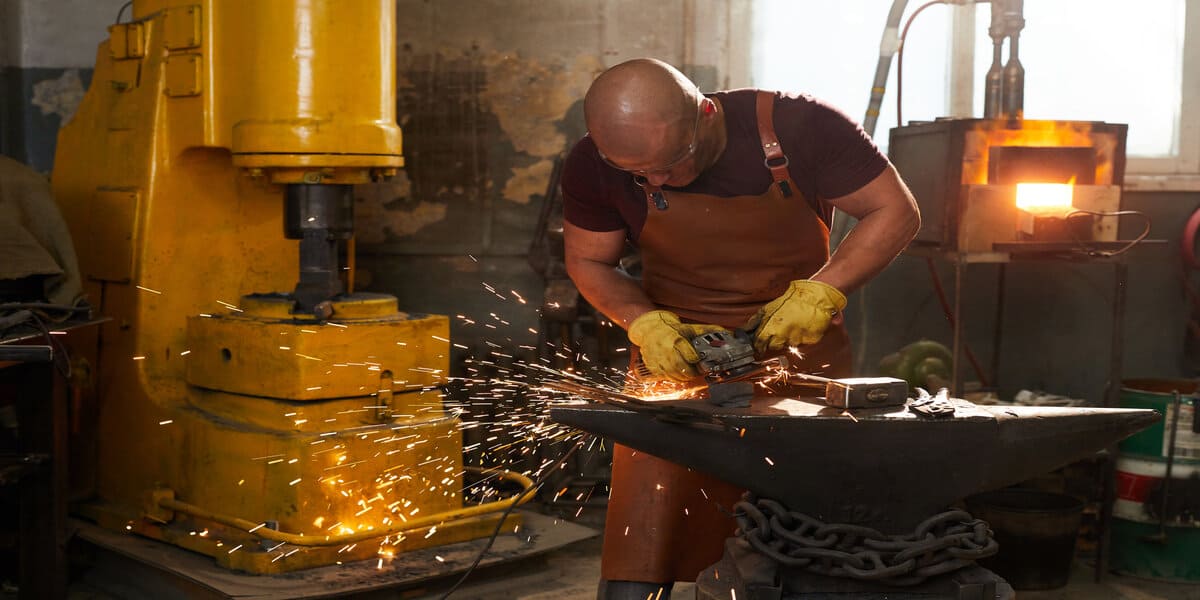
Case Studies and Best Practices
Learn from the experiences of others in the industry by studying case studies that demonstrate successful shearing processes for high-strength steel sheets. Best practices can provide valuable insights into achieving the best results with your manufacturing operations.
Aerospace Industry Example
In the aerospace industry, high-strength steel sheets are sheared to create complex parts with tight tolerances. Manufacturers in this sector achieve high-quality results by implementing advanced shearing techniques and using specialized equipment.
Automotive Sector Innovation
In the automotive industry, innovation in shearing technology has allowed manufacturers to increase production speeds and reduce material waste. Automotive companies have realized significant cost savings and improved product quality by optimizing the shearing process.
Quality Assurance and Inspection
Once high-strength steel sheets have been sheared, the resulting cuts must be inspected to meet the required specifications and quality standards.
Inspection Protocols
A thorough inspection protocol should be in place to check for defects such as burrs, cracks, and deviations from the desired geometry. This may involve visual inspection and using tools such as calipers and coordinate measuring machines (CMMs).
Quality Assurance Techniques
Implementing a robust quality assurance program is essential for maintaining the integrity of the shearing process. This can involve regular equipment calibration, operator training, and statistical process control (SPC) methods to monitor and improve quality over time.
The Future of Shearing Processes
Shearing high-strength steel sheets is an evolving field that continues to benefit from advancements in technology and materials science. Several trends will likely shape the shearing processes for these sheets.
Automation and Robotics
Integrating automation and robotics can lead to more precise cutting, higher production rates, and enhanced safety. Automated systems can also provide real-time data to refine the shearing process further.
Smart Manufacturing and Industry 4.0
Smart manufacturing, or Industry 4.0, uses interconnected systems and data-driven insights to optimize production. These technologies can benefit shearing processes for high-strength steel sheets by enabling predictive maintenance, remote monitoring, and parameter adjustment on the fly for maximum efficiency and quality.
In conclusion, mastering the shearing processes for high-strength steel sheets involves combining knowledge, skill, and the right equipment. By understanding the properties of these materials, choosing the appropriate shearing methods, and implementing best practices, manufacturers can produce high-quality, reliable products that meet the demands of today’s industrial and automotive sectors. With a dedication to safety, quality, and continuous improvement, the shearing process can be a key differentiator in the success of any manufacturing operation.
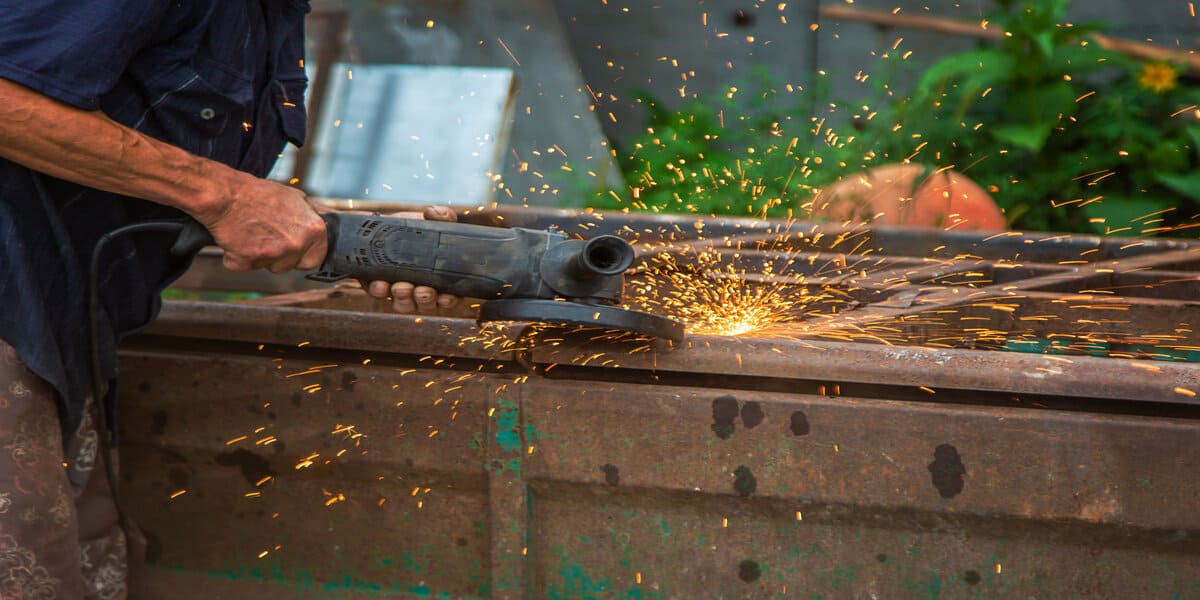
Frequently Asked Questions
What is predictive maintenance?
Predictive maintenance is a proactive approach to maintaining equipment and machinery. It uses data and analytics to predict when maintenance or repairs will be needed. This allows for more efficient and cost-effective maintenance and reduces the risk of unexpected breakdowns or production delays.
How does remote monitoring play a role in shearing processes?
Remote monitoring allows real-time machine performance and production data tracking anywhere with an internet connection. This can help identify potential issues or inefficiencies in the shearing process and allow quick and remote adjustments.
Why is adjusting parameters important in shearing processes?
Each material has unique properties, and adjusting cutting parameters such as speed, feed rate, and tooling can optimize the shearing process for that specific material. This not only improves the quality of the cut but also extends the life of the tools and reduces operating costs. Remote monitoring allows for easy and quick adjustments based on real-time data analysis.
How does predictive analytics help with maintenance in shearing processes?
Predictive analytics uses historical data and machine learning algorithms to identify patterns and trends in machine performance. Analyzing this data can predict when maintenance or repairs will be needed, allowing for proactive measures to be taken before any major issues arise.
References
Utilizing Predictive Analytics to Improve Equipment Maintenance
Role of Internet of Things (IoT) in Adoption of Industry 4.0
